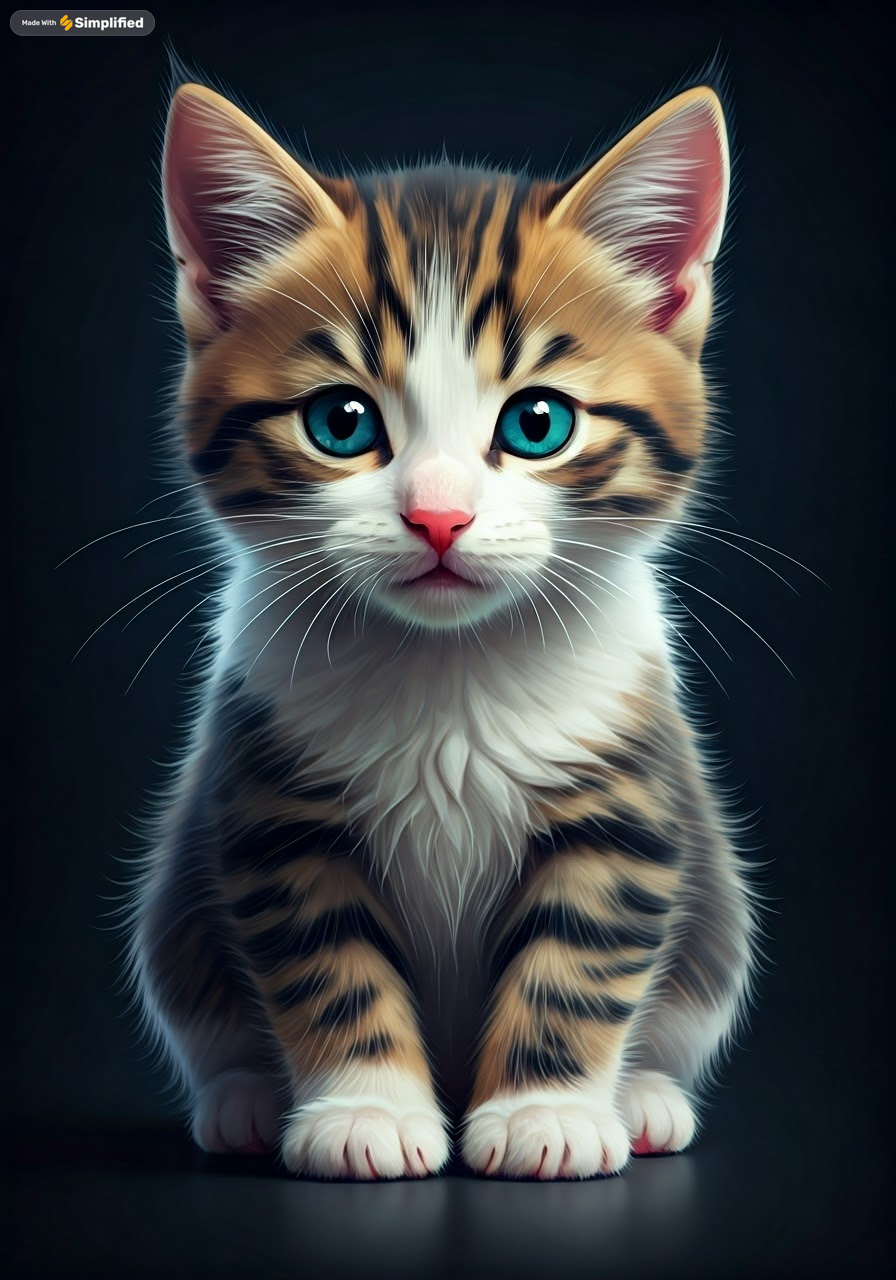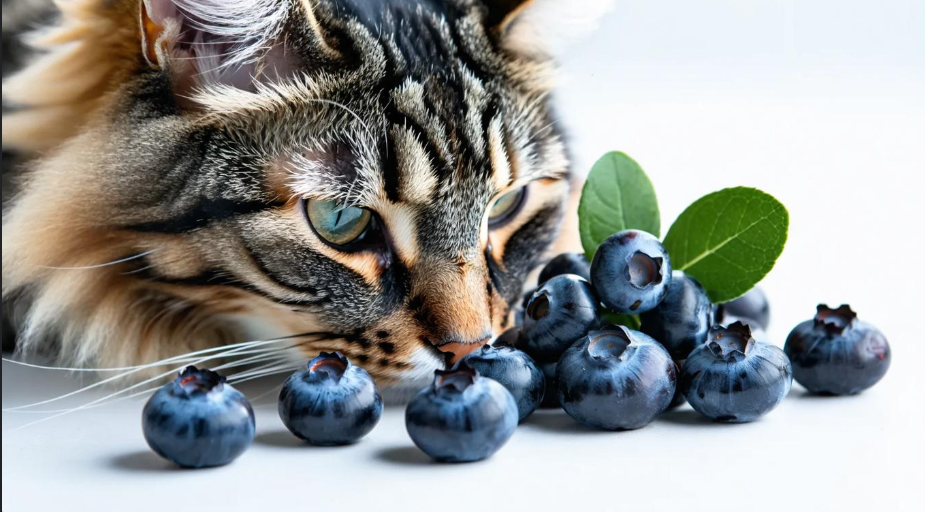American people like Ragdoll cats, ask a common question what can ragdoll cats eat? with their striking blue eyes, silky fur, and docile temperament, have captured the hearts of cat lovers worldwide. These gentle giants, known for their tendency to relax in their owners’ arms, require a balanced and nutritious diet to maintain their health, beauty, and longevity. In this extensive guide, we’ll delve deep into the nutritional needs of Ragdoll cats, exploring various feeding options, dietary requirements, and important considerations to ensure your feline friend thrives.
1. Commercial Cat Food Options for Ragdolls
When it comes to feeding your Ragdoll, commercial cat food often forms the foundation of their diet. Let’s explore the various options available:
Dry Kibble for Ragdolls
Dry cat food, or kibble, is a popular choice for many cat owners due to its convenience, long shelf life, and potential dental benefits. For Ragdolls, it’s crucial to select a high-quality kibble that meets their nutritional needs:
– Look for brands that list a high-quality animal protein (such as chicken, turkey, or fish) as the first ingredient.
– Aim for a protein content of at least 30-40%.
– Avoid foods with excessive fillers, by-products, or artificial preservatives.
– Consider grain-free options if your Ragdoll has sensitivities.
Pros of dry kibble include its ability to help maintain dental health by scraping plaque off teeth and its convenience for free-feeding or automatic feeders. However, it’s important to note that some cats may not drink enough water when on a primarily dry food diet, which can lead to urinary tract issues.
Wet Food for Ragdolls
Canned or pouched wet food is an excellent option for Ragdolls, offering several benefits:
– Higher moisture content (typically 75-80%), which is crucial for urinary tract health and overall hydration.
– Often more palatable, making it a good choice for picky eaters.
– Usually contains fewer carbohydrates and more protein than dry food.
When selecting wet food for your Ragdoll?
When selecting wet food for your Ragdoll, prioritize quality over quantity. Focus on products that feature real meat as the primary ingredient, ideally from sources like chicken, turkey, or fish. Opt for grain-free formulations to minimize potential sensitivities, and ensure the food contains a high moisture content to support your cat’s hydration needs.
Steer clear of artificial additives, colors, and preservatives, instead choosing foods with natural, recognizable ingredients. Look for balanced nutrition that meets AAFCO standards and includes essential nutrients like taurine. Consider your Ragdoll’s life stage and any specific health requirements when making your selection.
Experiment with different textures to find what your cat enjoys most, but always prioritize nutritional value over mere palatability. By choosing a high-quality wet food, you’re investing in your Ragdoll’s long-term health and well-being.
– Look for grain-free options with high-quality protein sources.
– Avoid products with artificial colors, flavors, or preservatives.
– Consider rotating between different flavors to provide variety and prevent food boredom.
While wet food can be more expensive and less convenient than dry kibble, many veterinarians recommend it, especially for cats prone to urinary tract issues or those who don’t drink enough water.
Semi-moist Food for Ragdolls
This type of cat food sits between dry and wet food in terms of moisture content. While less common, it can be a good option for Ragdolls who prefer a softer texture than kibble but aren’t fond of wet food. However, be cautious of added preservatives in some semi-moist foods, as they often contain more artificial ingredients to maintain their texture and shelf life.
2. Homemade Diets for Ragdoll Cats
Some Ragdoll owners prefer to prepare their cat’s meals at home, believing it offers more control over ingredients and quality. However, it’s crucial to approach homemade diets with caution and expert guidance to ensure nutritional balance.
Raw Food Diets for Ragdolls
Also known as the BARF (Biologically Appropriate Raw Food) diet, this approach involves feeding raw meat, organs, and bones. Proponents argue it’s closer to a cat’s natural diet in the wild. Potential benefits include:
– Improved coat condition and skin health
– Better dental health due to chewing raw meat and bones
– Increased energy levels
However, raw diets come with risks and require careful planning:
– Potential for bacterial contamination (e.g., Salmonella, E. coli)
– Risk of nutritional imbalances if not properly formulated
– Potential for choking or internal injuries from bones
Always consult with a veterinary nutritionist before starting a raw diet to ensure it’s balanced, safe, and appropriate for your Ragdoll.
Cooked Meal Recipes:
Homemade cooked meals can be nutritious and allow you to control ingredients, which is particularly beneficial for cats with food sensitivities or health issues. Typical ingredients might include:
– Cooked meats (chicken, turkey, lean beef)
– Organ meats (liver, heart)
– Cooked eggs
– Small amounts of vegetables (pumpkin, carrots)
– Supplements to ensure nutritional balance
It’s crucial to follow recipes designed by feline nutritionists to avoid deficiencies. Homemade diets require careful planning and often supplementation to ensure they meet all of your Ragdoll’s nutritional needs.
3. Nutritional Requirements Specific to Ragdolls
Ragdolls, like all cats, are obligate carnivores, meaning their bodies are designed to derive nutrition primarily from animal-based proteins. Understanding their specific nutritional needs is crucial for maintaining optimal health:
Protein Needs:
High-quality animal protein should be the cornerstone of a Ragdoll’s diet. Look for foods with at least 30-40% protein content, with meat or fish as the primary ingredient. Protein is essential for:
– Maintaining muscle mass
– Supporting immune function
– Promoting healthy skin and coat
– Providing energy
Essential Fatty Acids:
Omega-3 and Omega-6 fatty acids are crucial for Ragdolls, supporting:
– Skin health and coat shine
– Reducing inflammation
– Supporting brain and eye development (especially important for kittens)
– Promoting heart health
Foods containing fish oil, flaxseed, or chicken fat can be good sources of these essential fatty acids.
Vitamins and Minerals:
Ensure the food provides a complete spectrum of essential vitamins and minerals. Some key nutrients to look for include:
– Taurine: Essential for heart and eye health
– Vitamin A: Supports vision and immune function
– Vitamin E: Acts as an antioxidant
– Calcium and Phosphorus: Crucial for bone health (in the correct ratio)
– B vitamins: Support metabolism and energy production
4. Safe Human Foods for Ragdolls
While commercial cat food should make up the majority of a Ragdoll’s diet, some human foods can be offered as occasional treats:
Cooked Meats for Ragdolls
Plain, cooked chicken, turkey, or lean beef can be safe and enjoyable treats for Ragdolls. Ensure the meat is:
– Thoroughly cooked
– Free from seasoning, oils, or marinades
– Cut into small, manageable pieces
Certain Fruits and Vegetables:
While cats don’t require fruits and vegetables in their diet, small amounts of certain produce can be offered as occasional treats:
– Cooked pumpkin: Can aid digestion and help with hairballs
– Cooked carrots: Provide beta-carotene
– Blueberries: Rich in antioxidants
– Small pieces of melon: Can be a hydrating treat
Always introduce new foods gradually and in small amounts to watch for any adverse reactions.
Fish Options for Ragdolls
Cooked fish can provide beneficial omega-3 fatty acids. Safe options include:
– Cooked salmon
– Sardines (packed in water, not oil)
– Cooked white fish
Offer fish in moderation due to concerns about mercury content and the potential for thiaminase, an enzyme that can break down thiamine in the body.
5. Foods to Avoid Feeding Ragdoll Cats
Being aware of foods that are toxic or harmful to cats is crucial for keeping your Ragdoll safe:
Toxic Foods for Ragdolls
– Chocolate: Contains theobromine, which is toxic to cats
– Onions and Garlic: Can damage red blood cells, leading to anemia
– Grapes and Raisins: Can cause kidney failure
– Xylitol: An artificial sweetener toxic to cats
– Caffeine: Found in coffee, tea, and some sodas, can be dangerous
– Alcohol: Even small amounts can cause severe liver and brain damage
Common Household Items:
Many houseplants and everyday items can be dangerous if ingested:
– Lilies: Extremely toxic to cats, causing kidney failure
– Certain houseplants: Philodendrons, pothos, and many others can be toxic
– Medications: Keep all human and pet medications out of reach
– Cleaning products: Store safely away from curious paws
6. Feeding Schedules and Portion Control for Ragdolls
Proper feeding schedules and portion control are crucial for maintaining a healthy weight and preventing obesity-related health issues in Ragdolls:
Ragdolls Kitten Feeding
Ragdoll kittens have high energy needs to support their rapid growth:
– Feed 3-4 small meals daily
– Follow kitten-specific food guidelines for portion sizes
– Gradually transition to an adult feeding schedule around 1 year of age
for Ragdolls Adult Cat Feeding
Most adult Ragdolls do well with two meals a day:
– Feed at consistent times each day
– Portion sizes should be based on weight, age, and activity level
– Use the feeding guidelines on the food packaging as a starting point, adjusting as needed
Senior Ragdoll Dietary Needs
As Ragdolls age, their nutritional needs may change:
– Consider senior-specific formulas with easier-to-digest proteins
– They may benefit from additional joint support supplements
– Smaller, more frequent meals may be easier for older cats to digest
7. Treats and Snacks Suitable for Ragdolls
Treats should make up no more than 10% of your Ragdoll’s daily caloric intake to maintain a balanced diet:
Commercial Cat Treats for Ragdolls
Choose high-quality, low-calorie options:
– Look for treats with simple, recognizable ingredients
– Avoid treats with artificial colors or preservatives
– Consider dental treats to help maintain oral health
Homemade Treat Recipes for Ragdolls
Simple recipes using cat-safe ingredients can be healthier alternatives to commercial treats:
– Dehydrated chicken or fish pieces
– Freeze-dried meat treats
– Small pieces of cooked egg
8. Dietary Considerations for Ragdoll Health Issues
Some Ragdolls may have specific health concerns that require dietary management:
Weight Management:
If your Ragdoll is overweight:
– Consider low-calorie, high-protein diets
– Increase playtime and exercise
– Use puzzle feeders to slow down eating and provide mental stimulation
Urinary Tract Health for Ragdolls
To support urinary health:
– Incorporate wet food or increase water intake
– Consider specialized diets formulated for urinary tract health
– Ensure multiple freshwater sources are available
Hairball Prevention for Ragdolls
Long-haired Ragdolls may be prone to hairballs:
– Use high-fiber diets or specialized hairball formulas
– Regular grooming can help reduce hair ingestion
– Consider adding small amounts of hairball gel or paste to their diet
9. Hydration and Water Intake for Ragdolls
To ensure optimal hydration, provide your Ragdoll with constant access to fresh, clean water. Many cats prefer running water, so consider investing in a cat water fountain, which can encourage more frequent drinking. These fountains also help keep water oxygenated and cool, making it more appealing to your feline friend.
Proper hydration is crucial for Ragdoll health, particularly for urinary tract function:
Importance of Fresh Water:
– Always provide clean, fresh water
– Change water daily and clean bowls regularly
– Consider using water fountains to encourage drinking
Wet Food for Hydration:
Incorporating wet food into their diet can significantly increase overall moisture intake:
– Mix wet and dry food to increase moisture content
– Consider adding water to dry kibble to increase hydration
10. Transitioning Ragdolls to New Foods
When changing your Ragdoll’s diet, a gradual approach is key to avoid digestive upset:
Gradual Introduction Methods:
– Start by mixing 25% new food with 75% old food
– Gradually increase the proportion of new food over 7-10 days
– Monitor for any signs of digestive upset or food refusal
Addressing Picky Eating Habits:
– Try warming food slightly to enhance aroma
– Experiment with different textures (pate, chunks, etc.) to find what your Ragdoll prefers
– Be patient and persistent, as some cats may take time to accept new foods
In conclusion, feeding your Ragdoll cat a balanced, appropriate diet is fundamental to their health, longevity, and quality of life. By understanding their nutritional needs, making informed choices about their food, and being attentive to their individual preferences and health requirements, you can ensure your Ragdoll thrives. Always consult with your veterinarian before making significant changes to your cat’s diet, especially if they have any health concerns or specific dietary needs. With the right nutrition, your Ragdoll can enjoy a healthy, happy life as a cherished member of your family.







Leave a Reply